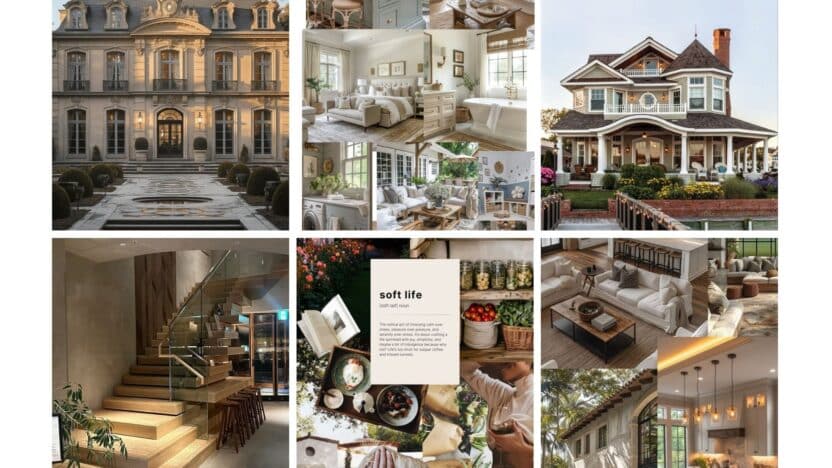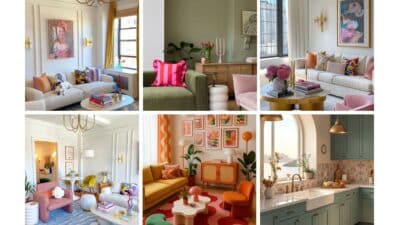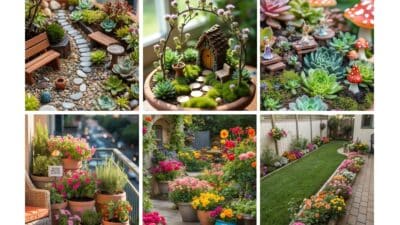Your home is more than four walls and a roof—it’s a direct reflection of your unique personality and experiences. When you fill your space with colors, objects, and touches that truly speak to you, your home becomes a comfortable and authentic extension of who you are. The way you arrange each room, display meaningful collections, or introduce patterns lets your individuality shine.
By tailoring your surroundings to match your personal tastes and interests, you create a home that feels welcoming and inspiring every day. Whether you love bold colors, handmade projects, or simple, cozy corners, every detail can tell your story and support your lifestyle.
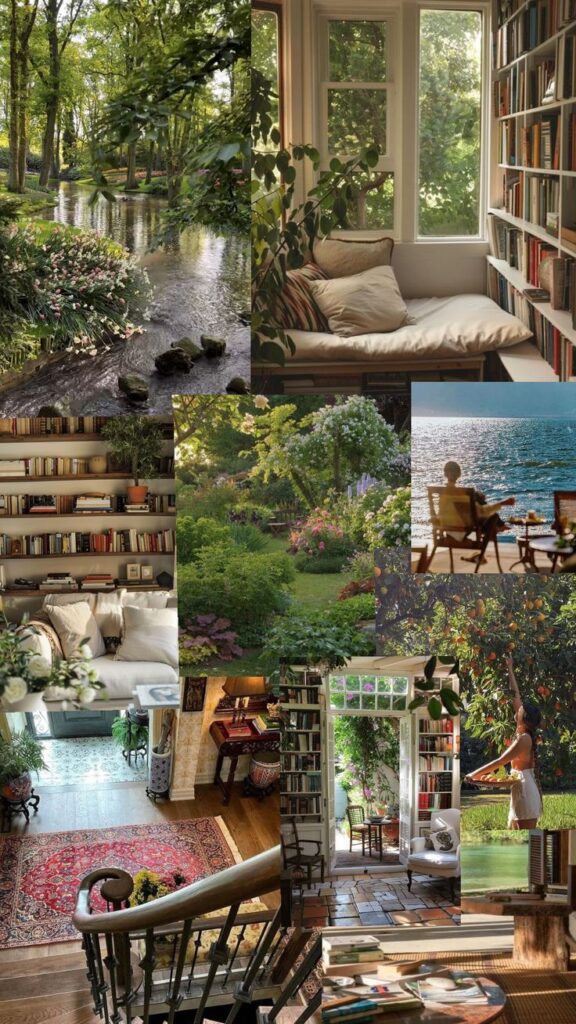

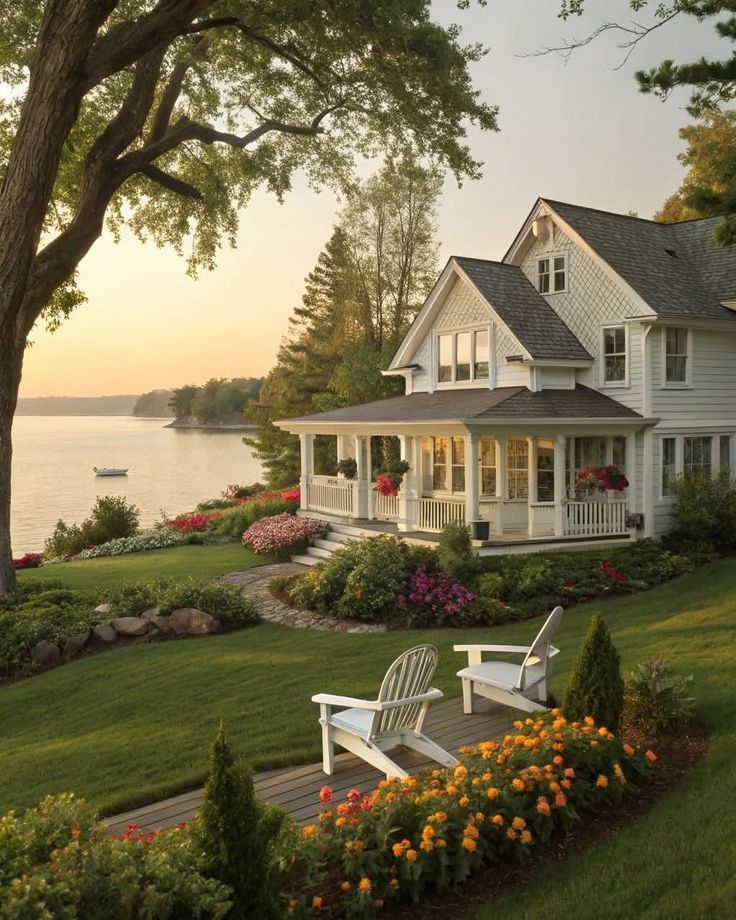
Key Takeaways
- Your home’s design can showcase your personal style and personality.
- Small touches and decor choices make spaces feel more personal and comfortable.
- Evolving your surroundings keeps your home fresh and interesting.
Understanding Personality and Home Design
Your home does more than provide shelter; it also tells your story. The choices you make in color, furniture, and decor reflect not just your taste, but your unique personality and values.
The Connection Between Personality and Living Space
The design of your living space is closely linked to your personality traits. People who value calmness and order often select minimal, clutter-free interiors with neutral colors and simple lines. Those who enjoy energy and creativity might lean toward bold patterns, bright colors, and mixed textures.
Studies in environmental psychology show that your surroundings can affect your emotions and well-being. For example, natural elements like plants or sunlight can boost your mood and productivity. Displaying personal objects, such as photos or mementos, fosters a sense of comfort and belonging.
You are likely to feel most at ease in spaces that align with your core preferences. This is why a one-size-fits-all approach to home design rarely leads to lasting satisfaction.
Self-Expression Through Interior Design
Interior design allows you to communicate your identity without saying a word. Your decor choices, such as favorite artwork or statement furniture, are visible cues about your interests, values, and even your life experiences.
Ways to express yourself in your home:
- Choose colors that match your temperament
- Display meaningful collections or art
- Arrange furniture for openness or coziness, depending on your social style
A personalized space often serves as a daily reminder of your interests and achievements. For example, a reading nook reflects your love for books, while a gallery wall of travel photos highlights your adventurous side. Identifying these elements lets your unique story unfold through your environment.
The Importance of Individuality in Decor Choices
Prioritizing individuality in decor helps you create a space that feels truly yours. Copying trends or mimicking someone else’s style can make your home look nice, but it may not feel authentic.
Consider your daily habits, favorite activities, and even sensory preferences when making decisions. Do you prefer soft lighting, quiet corners, or vibrant spaces that encourage conversation? Let these preferences guide your choices.
Creating a home that celebrates your unique personality can build a stronger connection to your space. The result is not just a stylish home, but one where you feel comfortable, understood, and at peace.


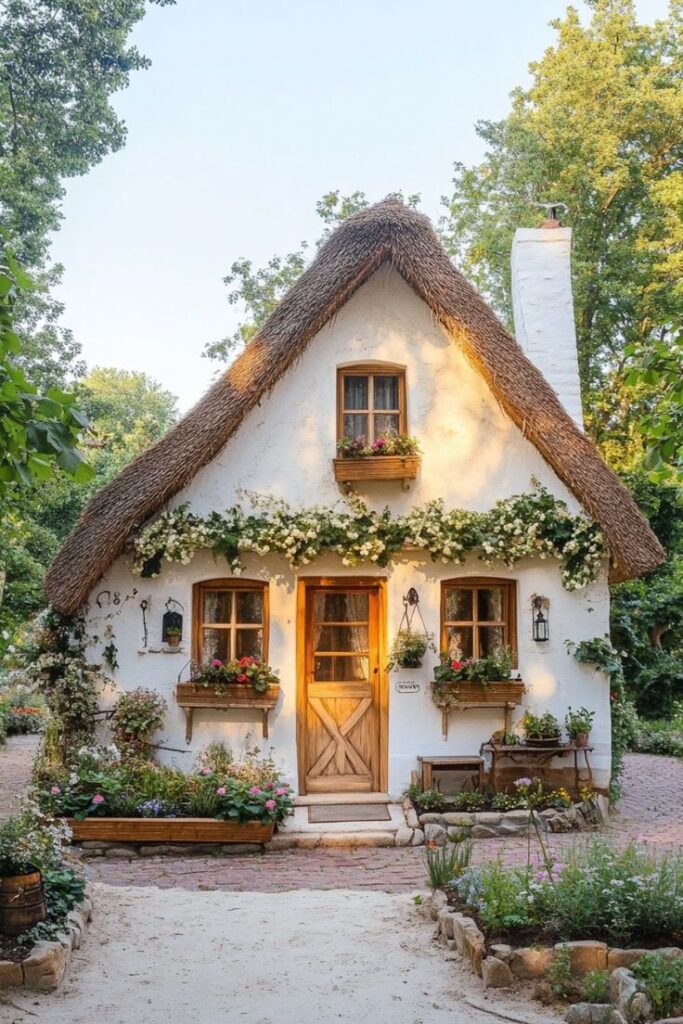
Personal Style and Lifestyle Reflected at Home
Your home acts as a canvas where your individuality and daily needs come together. By understanding your preferences and lifestyle, you can create a living environment that feels natural, supports your routines, and displays your unique style.
Identifying Your Signature Style
Recognizing your signature style starts with noting what you’re consistently drawn to in interiors, colors, and patterns. Some people are energized by bold colors and eclectic decor, while others prefer calming neutrals and minimalist designs.
Try looking through magazines or online galleries to spot patterns in rooms you like. List the elements that attract you—such as muted palettes, vintage furniture, or vibrant collectibles.
Consider which materials and textures you prefer. Do you lean towards natural wood and linen, or are glass, metal, and polished surfaces more your taste? These details help you pinpoint your style.
Incorporating Lifestyle Needs Into Home Design
Your routine shapes how your home should function. If you work from home, an organized study space is essential. For entertainers, an open-plan kitchen or a spacious dining area adds usability.
Think about how many people live with you, pets, and how much time you spend in each room. Personal activities, such as hobbies or fitness routines, may require dedicated zones, storage, and suitable decor.
A realistic approach means your space works for you—not just looking good. If you prioritize relaxation, consider softer lighting and lounging furniture. If efficiency is key, focus on clever storage and minimal clutter.
Balancing Functionality with Personal Taste
Your unique style and the practical needs of your daily life don’t have to clash. The right balance makes your home both beautiful and comfortable.
- Choose multi-functional furniture: For small spaces, pieces with hidden storage or that serve more than one purpose maintain order without sacrificing style.
- Adapt your color scheme: Use colors you love in durable, easy-to-clean finishes in high-traffic areas.
- Display, but don’t overcrowd: Highlight favorite collectibles or decor items in ways that don’t interfere with movement or use of a space.
Sometimes functionality means making adjustments, like washable covers or durable rugs, that still suit your chosen style.
Choosing Decor Items That Tell Your Story
Decor items and collectibles provide personality to a room. They can include souvenirs from your travels, family photos, artwork that resonates with you, or even inherited pieces with sentimental value.
Try curating vignettes—a small display on a shelf or table—featuring a mix of textures and shapes. Grouping decor by theme, color, or purpose helps spaces feel intentional.
A simple chart can help you organize your favorite decor items:
| Item Type | Personal Meaning | Best Location |
|---|---|---|
| Travel Souvenir | Reminds you of trip | Living room shelf |
| Vintage Clock | Inherited from family | Entryway |
| Art Print | Favorite artist | Bedroom above bed |
Let each item contribute to the overall feel without overcrowding the space, allowing your home to quietly share your story with every visitor.

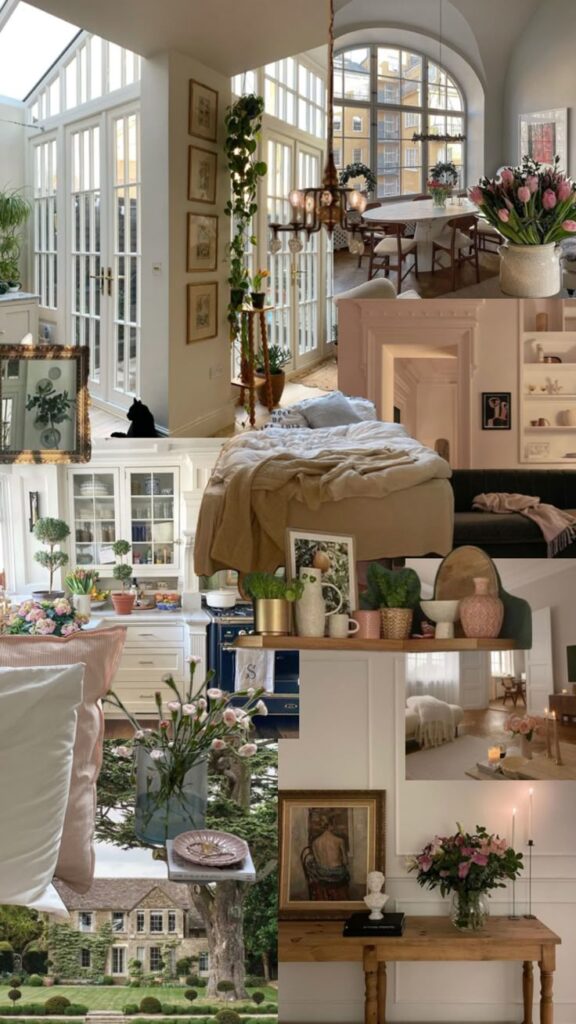
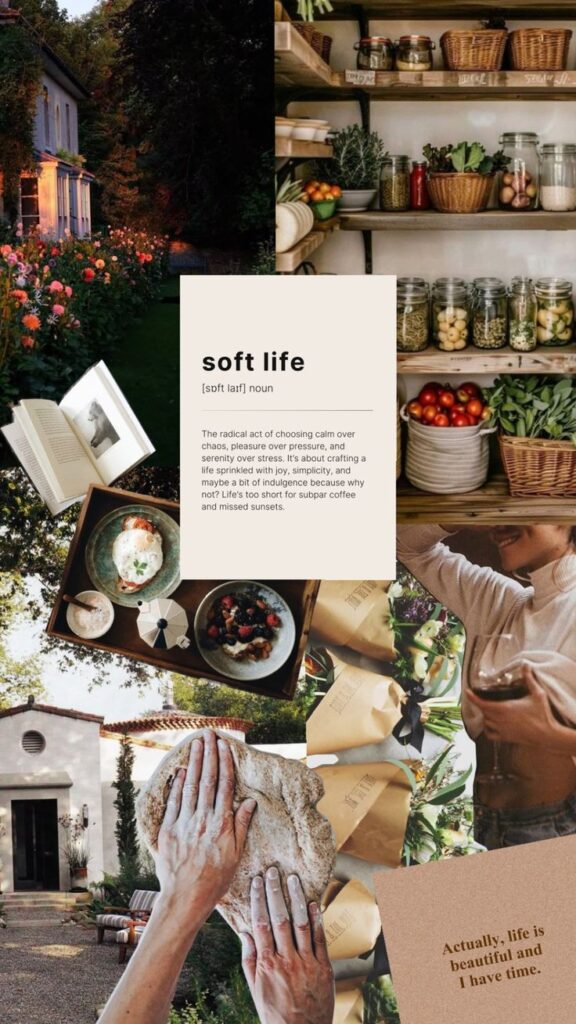
Creating Comfort and Visual Interest
Designing your home isn’t just about looks—it’s about making a space that feels welcoming and reflects what you love. Careful attention to textiles, textures, patterns, and color choices ties comfort and personality together.
Crafting a Cozy Atmosphere With Textiles
Textiles set the foundation for comfort in any room. Soft throws, plush rugs, and layered curtains instantly add warmth. The right fabric choices, such as linen for breathability or velvet for softness, help make your space feel inviting year-round.
Try adding throw pillows in different shapes and sizes to create a relaxed vibe. Drape a chunky knit blanket over your sofa or bed for a tactile focal point. Using a mix of materials can help you adjust the coziness level to suit every season.
For high-traffic areas, consider easy-to-clean yet comfortable fabrics for cushions or seat covers. This way, you can enjoy everyday comfort without sacrificing practicality.
Mixing Textures and Patterns for Depth
Textures and patterns give a room its character. Smooth and rough, shiny and matte—contrasting finishes grab the eye and make your style stand out. Combine wool, leather, cotton, and glass for a layered look that feels lived-in but intentional.
Patterns can range from subtle geometric prints to bold florals or stripes. The trick is to keep a balance: use one large pattern alongside smaller, less busy designs. For example, a patterned rug can anchor a room, while simple cushions or curtains provide contrast.
A helpful list to guide your mix:
- Use at least three textures in a room (such as a wool rug, metal lamp, and velvet pillow).
- Limit busy patterns to two or three within a space.
- Spread patterns evenly so no area feels overloaded.
Selecting Favorite Colors and a Harmonious Palette
The colors you choose define both the mood and style. Bold, saturated shades add energy; soft hues create calm. Picking your favorite colors ensures every room feels personal.
Start with a base color you love, then layer in complementary tones for balance. For example, navy blue walls can be paired with beige, gold, or blush accents. Lighter palettes work well in smaller rooms to keep them open and airy.
Use a color palette chart or sample swatches before committing. Carry the same few shades throughout connecting spaces for harmony, while highlighting special areas with pops of your favorites. This approach lets your personality shine in every corner.
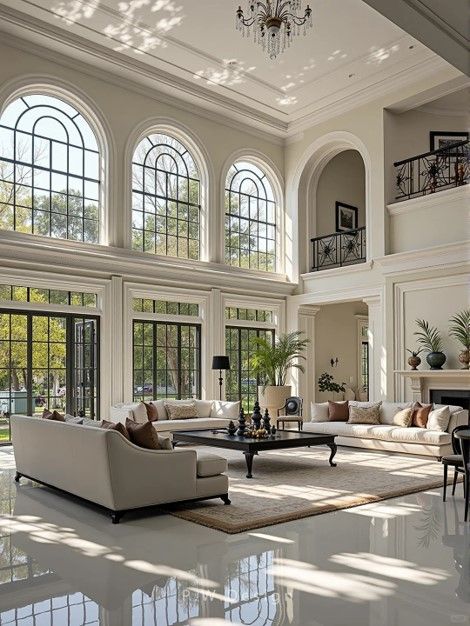
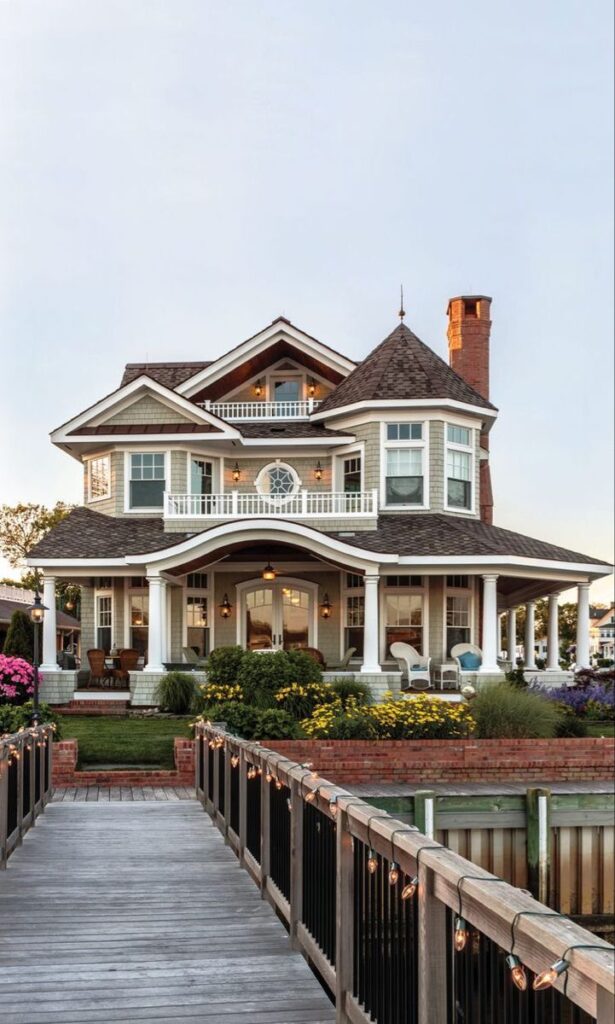

Personal Touches: Showcasing Your Hobbies and Interests
Bringing your personality to your home happens when you display the objects, memories, and pursuits that matter most to you. The decor tells a clear story about your passions, hobbies, and what you value every day.
Displaying Artwork and Heirlooms
Showcasing artwork you love is one of the most direct ways to bring personal meaning and style into your living space. If you’re an art enthusiast, arrange your favorite paintings, prints, or even your own creations along a gallery wall.
Mix in family heirlooms with your modern pieces to create a sense of history. These items might include framed vintage family photos or artifacts passed down over generations.
Display collectibles or art in well-lit spots and vary the heights and groupings for a curated look. Add descriptive labels or placards to share a piece’s story or its connection to your family history.
Curating Collectibles and Unique Finds
Assembling and arranging collectibles gives every room a unique touch that is hard to replicate. Gather items such as vintage cameras, travel souvenirs, or rare books on open shelves or in glass cabinets.
Organize these finds by color, theme, or origin for a striking display. Use shadow boxes for smaller items to keep them safe and visible.
If you enjoy searching for unique finds, consider creating a small table with your top discoveries. Rotate these items seasonally to keep your decor fresh and reflective of your changing interests.
Highlighting Hobbies in Everyday Decor
Bring your hobbies front and center by weaving them into daily decor. For book lovers, a cozy reading nook with shelves stacked with favorite titles and a comfortable chair can make your love of literature both practical and visible.
If you knit or craft, use baskets to store yarn and tools neatly near your workspace, transforming supplies into part of the decor. Display completed projects like quilts or wall hangings where guests can see them.
Music enthusiasts can mount guitars or records on walls or keep instruments on tasteful stands. Involve your family by showcasing collaborative crafts that reflect shared interests or family history.
Making Bold Statements: Color and Creativity
Distinctive color choices and creative design elements let your living space reflect your personal taste. With the right approach, you can use color, simplicity, and thoughtful details to shape a home that feels truly yours.
Embracing Vibrant Hues and Bold Colors
Bold colors like emerald green, cobalt blue, or deep crimson can instantly change the energy of any space. Whether you choose an entire room or a single feature, these shades draw attention and communicate confidence. Combining vibrant hues with neutral backdrops keeps your space lively without feeling overwhelming.
Small rooms often benefit from rich, saturated tones, as they make a compact area feel inviting and cozy instead of closed in. Paring bold colors with lighter accents, such as cream-colored trim or pale textiles, softens the look and keeps everything balanced.
If you want a quick update, try vivid furniture, art, or decorative accessories. Experimenting with bold wall colors or colorful patterned rugs lets your personality shine without major commitments.
Monochromatic Color Schemes and Simplicity
A monochromatic color scheme is a simple yet impactful way to infuse your style into a room. This approach uses one color in various shades and tones to create a cohesive, soothing effect. For example, using several blues—from sky blue to navy—can make a space feel both calming and unified.
This kind of palette avoids visual clutter and makes it easier to mix different textures, like matte walls with glossy tiles or plush rugs. If you enjoy order and calmness, monochrome schemes align well with minimalism.
You can add interest with subtle changes in material—like pairing matte paints with velvet or linen. The result is a relaxing, elegant room that still communicates your unique style through careful color selection.
Accentuating With Focal Points, Accent Walls, and Lighting
Focal points help define and structure your room. An accent wall painted in a bold shade acts as a natural eye-catcher, making the room feel dynamic. Strong, contrasting colors on a fireplace, shelving, or behind a bed give purpose to these spaces.
Lighting is crucial when working with bold color and accent walls. Proper placement of lamps or spotlights highlights your chosen features and keeps darker areas from feeling oppressive. Consider layering lighting—like overhead fixtures, wall sconces, and table lamps—to add warmth and dimension.
Careful placement of focal points, color, and lighting ties your creative ideas together and ensures that each part of the room feels intentional and personal.
Trend Integration and Evolving Styles
Blending current design styles with personal touches brings both character and comfort to your home. Drawing from past influences and new patterns creates a space that feels both inviting and uniquely yours.
Adapting Popular Styles Like Cottagecore and Mid-Century Modern
Cottagecore celebrates a cozy, rural aesthetic with vintage accents, botanical prints, and handcrafted decor. You might introduce farmhouse tables, soft quilts, or ceramic vases filled with wildflowers. This style works well in reading nooks, kitchens, or entryways for a warm, inviting feel.
Mid-century modern, on the other hand, focuses on clean lines, functional furniture, and geometric forms. Think wooden sideboards, splayed-leg chairs, and minimalist lighting fixtures.
Combining these two trends is possible. Consider a vintage mid-century armchair paired with a floral cottagecore pillow or a simple wood coffee table set with handmade decor items.
Tip:
- Use a mix of vintage and new decor items to create balance.
- Incorporate personal memorabilia or handmade crafts for an extra layer of personality.
Refreshing Your Space With Floral Motifs and Geometric Prints
Floral motifs bring natural beauty and color into any room. You can add these with wallpapers, cushions, or wall art featuring botanical prints. Look for ways to introduce a variety of flower designs, from bold and modern to delicate and traditional.
Geometric prints add energy and a modern edge to your decor. Rugs, throws, and even lampshades with repeating shapes—such as hexagons, circles, or chevrons—are easy ways to add visual interest. Try mixing both subtle and statement patterns for depth.
Quick Table: Where to Use These Patterns
| Location | Florals | Geometrical Prints |
|---|---|---|
| Living Room | Curtains, pillows | Rugs, lampshades |
| Bedroom | Duvet covers | Wall art, throws |
| Entryway | Wallpaper | Runner rugs |
Updating Decor to Reflect Personal Growth
Your interests and tastes change over time. Updating decor to match your current passions keeps your home feeling fresh and authentic. For instance, swap artwork or display objects that hold new meaning for you, like a framed print from a recent trip or a handmade craft.
Rotate decor items by season or as your hobbies evolve. If you learn a new skill, such as pottery, show off your work on open shelves alongside your favorite books. Displaying achievements, meaningful gifts, or sentimental heirlooms also adds a personal narrative to your space.
Ideas to Celebrate Growth:
- Use a photo display to mark milestones.
- Rearrange bookshelves with new reads or interests at the forefront.
- Add plants or florals to update your home’s mood year-round.


